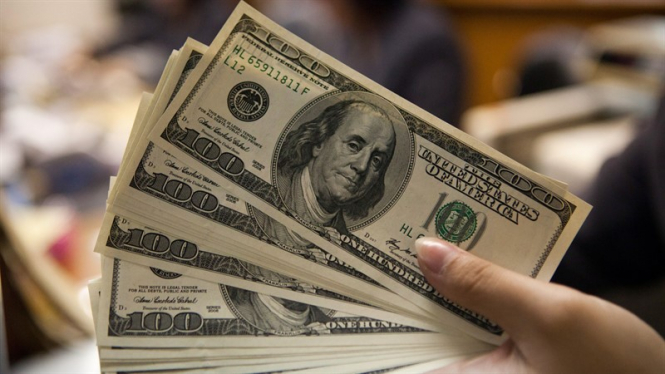
Traders who are not afraid of a collapse in emerging markets, unexpectedly were rewarded this month, reports Bloomberg.
In November, the index, calculated by the agency and reflecting the return on the carry-trade operations with the currencies of eight developing countries against the dollar, rose by 3.2%.
"Carry traders buying high-yielding currencies of developing countries were surprised to find a big profit. If such dynamics continue, then this month will be the best for the "carry" from January," reports Bloomberg.
On the whole, it is difficult to say that the current year is favorable for EM currencies, but the Fed's only hint that it may pause the rate increase next year seems to have prompted investors to reconsider their views on emerging markets and pay attention to the most depreciated assets. It is noteworthy that the leaders of the November growth are just such outsiders as the South African rand, Turkish lira, and the Indonesian and Indian rupees.
The currencies of developing countries also received support from falling oil prices, which was painful for many investors, but not for the largest importers in the EM segment, such as India, Turkey, and Indonesia. After all, most of the year, these countries suffered from a strong dollar, along with the rising cost of energy. Now, the importers have the opportunity to exchange smaller amounts of local currency for dollars to buy the same amount of black gold.
In addition, cheapening oil contributes to relieving pressure on central banks in the developing world. It is possible that the South African and Indian Central Bank may move to a more neutral tone in monetary policy if the exchange rates of these countries remain relatively stable.
The positive attitude towards the currencies of the EM is also associated with a possible mitigation of trade conflicts in the world. Next week in Argentina at the G-20 summit, there should be a meeting of the leaders of the United States and China, at which they can reach trade agreements. However, if the negotiations fail, the currencies of developing countries have every chance to resume the decline.
The material has been provided by InstaForex Company - www.instaforex.com